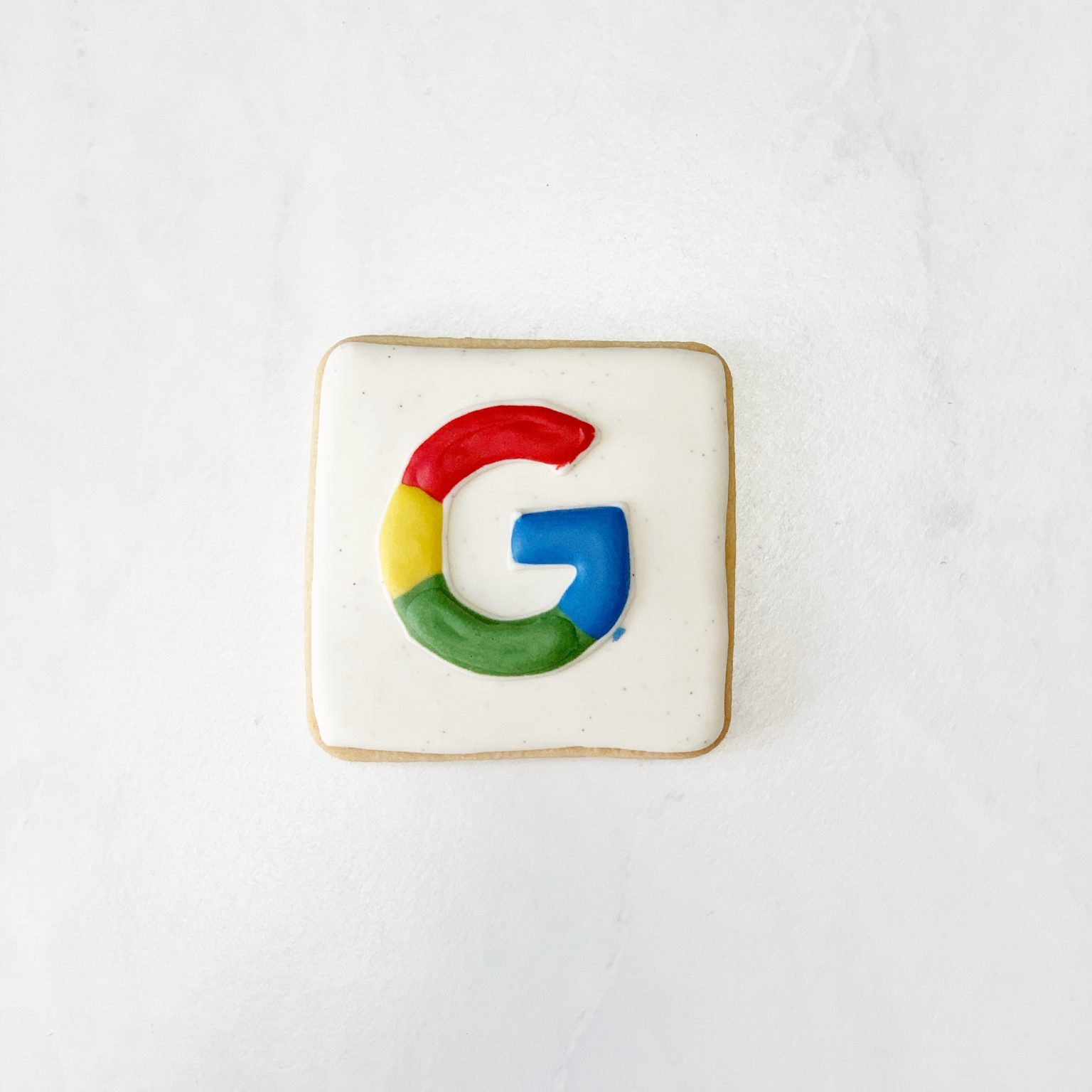Introducing the new JBL Authentics speaker lineup by Harman, the first devices to seamlessly integrate both Google Assistant and Alexa. These speakers, including the Authentics 200, Authentics 300, and Authentics 500, feature automatic self-tuning, Bluetooth connectivity, and multiroom playback. They will be available starting on September 17.
For years, Google has been hesitant to allow manufacturers to create smart devices with both Google Assistant and Alexa. This led Amazon to increase the pressure to level the playing field.
While Alexa has a significant install base of around 500 million devices, Google has benefited from having Google Assistant as the default assistant on Android smartphones. However, in 2019, Google, along with Samsung and Apple, declined to join Amazon’s Voice Interoperability Initiative, aimed at offering users a choice of voice assistants.
Now, Google is changing its tune. Marissa Chacko, director of product management of Google Assistant, explained that voice assistants have become a part of everyday life and that Google and Amazon wanted to make it easy for users to access both services simultaneously. The new JBL Authentics speakers allow users to seamlessly switch between Alexa and Google Assistant, enabling tasks like setting timers and stopping alarms.
This is made possible through Amazon’s universal device commands (UDC) and the Multi-Agent Experience Toolkit developed through the Voice Interoperability Initiative. With UDC, users can control tasks across both assistants without having to remember who started the request.
Limited to a Select Speaker Lineup
Before you get too excited, it’s important to note that this collaboration is currently limited to a specific selection of smart speakers. Users of these devices can now choose which voice assistant they’d like to use, allowing for more flexibility and personalization in their smart home experience.
What This Means for Consumers:
- Choice and Convenience: Users of these select smart speakers can now enjoy the convenience of both Google Assistant and Alexa without being tied to a single ecosystem. This flexibility lets them choose the assistant that best suits their needs for different tasks.
- Voice Assistant Harmony: Tasks that previously required separate commands and devices can now be streamlined. For example, you could start a conversation with “Alexa” to control your smart lights and then switch to “Hey Google” to check the weather.
- Enhanced Smart Home Control: With the combined power of Google Assistant and Alexa, controlling various smart home devices becomes more accessible, creating a more unified and streamlined experience.
The Potential of a Collaborative Future:
While this collaboration is currently confined to a select lineup of speakers, it raises intriguing possibilities for the broader smart home ecosystem:
- Easing User Transition: If this collaboration proves successful, it could pave the way for more devices to offer dual-assistant compatibility, making it easier for users to transition between ecosystems.
- Improved Interoperability: The move may inspire other tech companies to explore similar partnerships, ultimately leading to a more interoperable smart home environment where devices from different manufacturers can seamlessly communicate.
- User-Centric Approach: This collaboration underscores a user-centric approach, where tech companies prioritize providing consumers with the best possible experience rather than locking them into one ecosystem.
Despite concerns about engagement, both Amazon and Google see the assistants as complementary rather than competitive. They envision a strong smart home ecosystem where users have access to their preferred assistants on a single device.
It’s worth noting that smart speaker sales have been declining, with shipments down 30% in Q1 2023. However, with the integration of Alexa and Google Assistant on the JBL Authentics speakers, customers can enjoy a seamless and versatile voice assistant experience.

